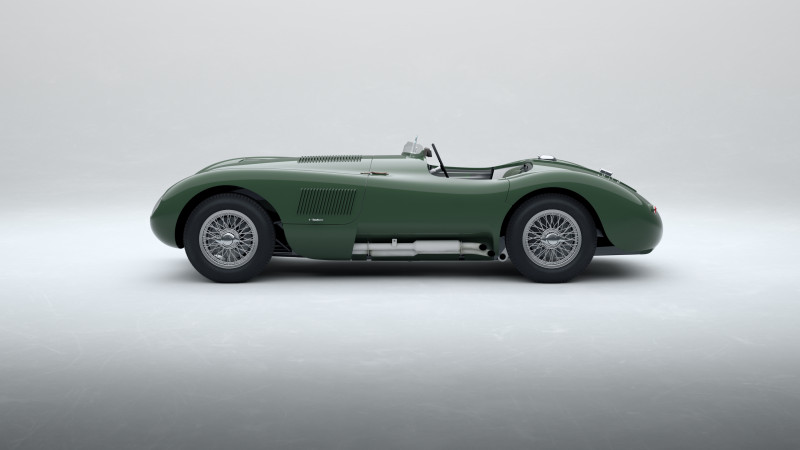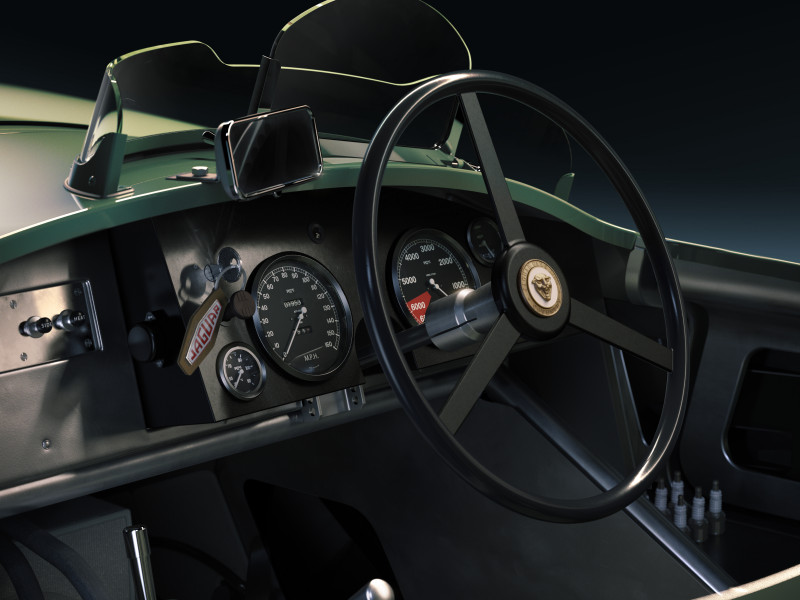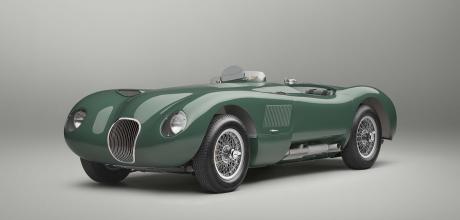Jaguar’s first C-type Continuation
Nearly 70 years after the 16 original 1953 production examples left the factory, Jaguar Classic unveils ‘car zero’
The first C-type Continuation to be hand-built at JLR Classic Works, outside Coventry, required a deep dive into the original C-type’s history and heritage to inform the way in which it should be built, as well as its specification, as ‘car zero’ follows the same specification as the 1953 works C-type that won that year’s LeMans 24 Hours race.

The build required almost two years of data compilation before the physical development could begin, kicking off what would become something of a treasure hunt into Jaguar’s archives, drawings, documents and pictures to piece together how to build this iconic car in the 21st century.
As well as using original drawings and reviewing in-period parts, the team also consulted the original engineering ledger, requiring copy typists to digitise the 2,000 items listed.
The culmination of this information led to the construction of a 3D computer-aided- design model – the first time a whole Jaguar Classic Continuation vehicle has been created in this way.
For the 3.4-litre straight-six engine, which takes nine months to construct, the Weber carburettors were all meticulously refurbished to an exacting standard. Other details in the engine bay are in period, including the Plessey hydraulic pump on the gearbox, which pumps hydraulic fluid into the brakes.

On the original cars, the brake fluid reservoir featured brackets that were designed for application in another vehicle. Although for the C-type they served no purpose, all Continuation cars will retain this original anomaly.
Similarly, 1953-specification C-types featured a different Lucas fusebox cover to the 1951 and 1952 models. Continuation cars will feature reconditioned original versions of the correct design.
Original materials have also been found for the interior to ensure authenticity while providing a high-quality, reliable finish for owners: for example, authentic Lucas rear-view mirrors and the Rexine finish on the dashboard and side panels. The last available roll of this type of material was used to produce the same finish as 70 years ago, thereby delivering an ambience as authentic as possible.
The car made its public debut at the Concours of Elegance 2021, held at Hampton Court Palace, 3-5 September.


